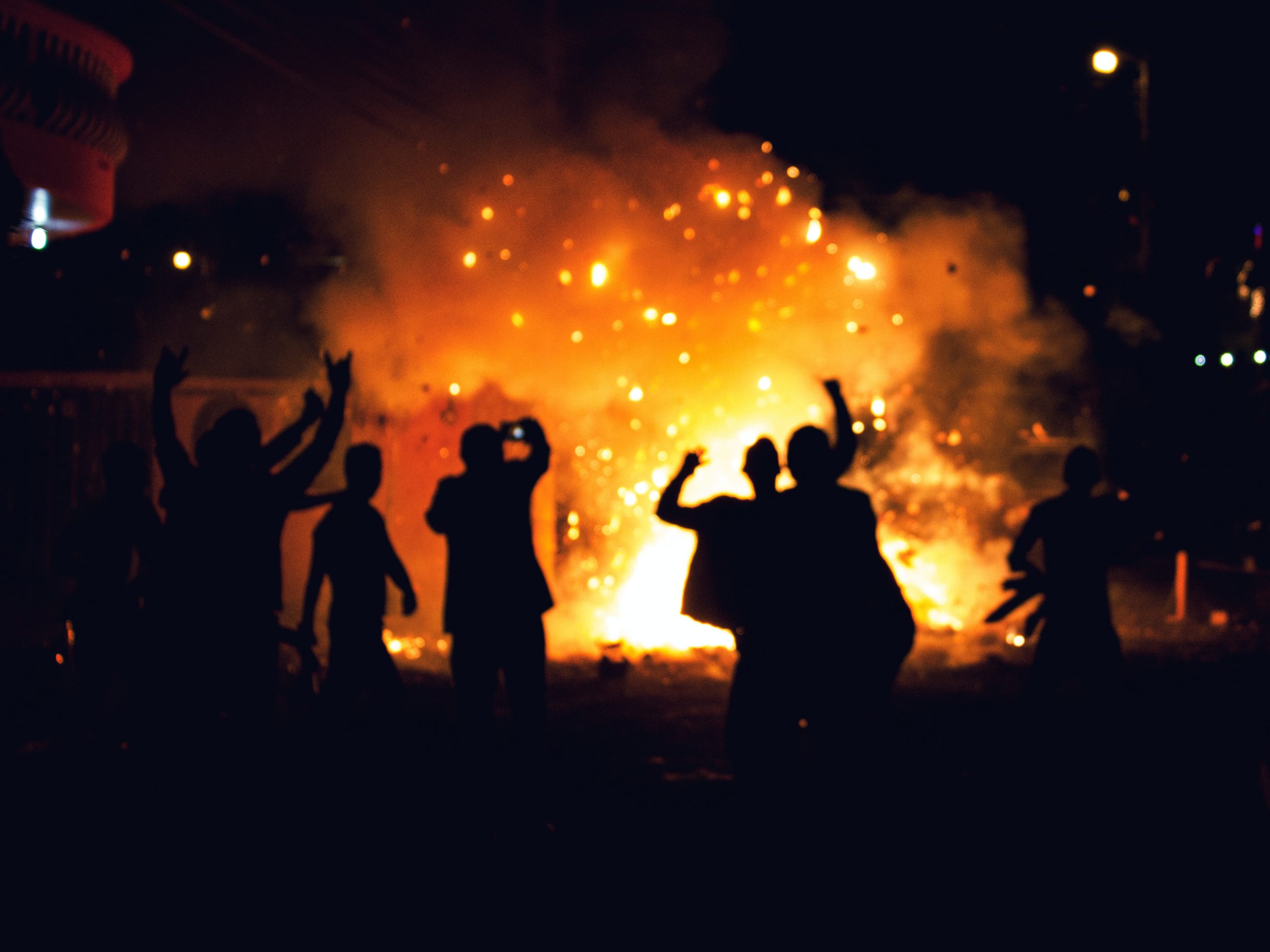
Photo by Alex McCarthy | Unsplash
Aidan Milliff, Mittal Institute Graduate Student Associate, is a Ph.D candidate at the Massachusetts Institute of Technology, and a predoctoral fellow at the Institute for Security and Conflict Studies at George Washington University. He wrote an Op-Ed in the Hindustan Times on India’s response to riots in 1984 and 2020.
Two questions shape people’s choices: Do I have control over events? Can I predict future threats? Violence evokes contrasting responses from even similar people, and every riot changes lives in more ways than one.
In February 2020, northeast Delhi saw the Capital’s deadliest riots in decades. The riots killed 53 and injured hundreds. In the aftermath, some residents erected barricades or gates outside their lanes. Others left their homes for relief camps in Delhi, or even returned to their ancestral villages across India.
The following week, I was in west Delhi interviewing Sikhs who had survived the city’s last cataclysmic wave of communal violence in 1984. The survivors I interviewed also described a vast range of different strategies they had adopted to try and survive. Some hid in darkened flats for days, or cut their hair and beards. Some wielded kirpans to defend their lanes or colonies, while others left Delhi for good.
During political violence around the world —including decades of communal riots in India— people respond to chaos and danger in many different ways. For everyone who participates in violence, there is someone who has barricaded themselves in a closet. For every family that seeks refuge in another neighbourhood or state, another family tries to adapt to the danger and stay put. In many instances, there are hardly any noticeable differences between the people who choose radically different strategies when they confront danger.
